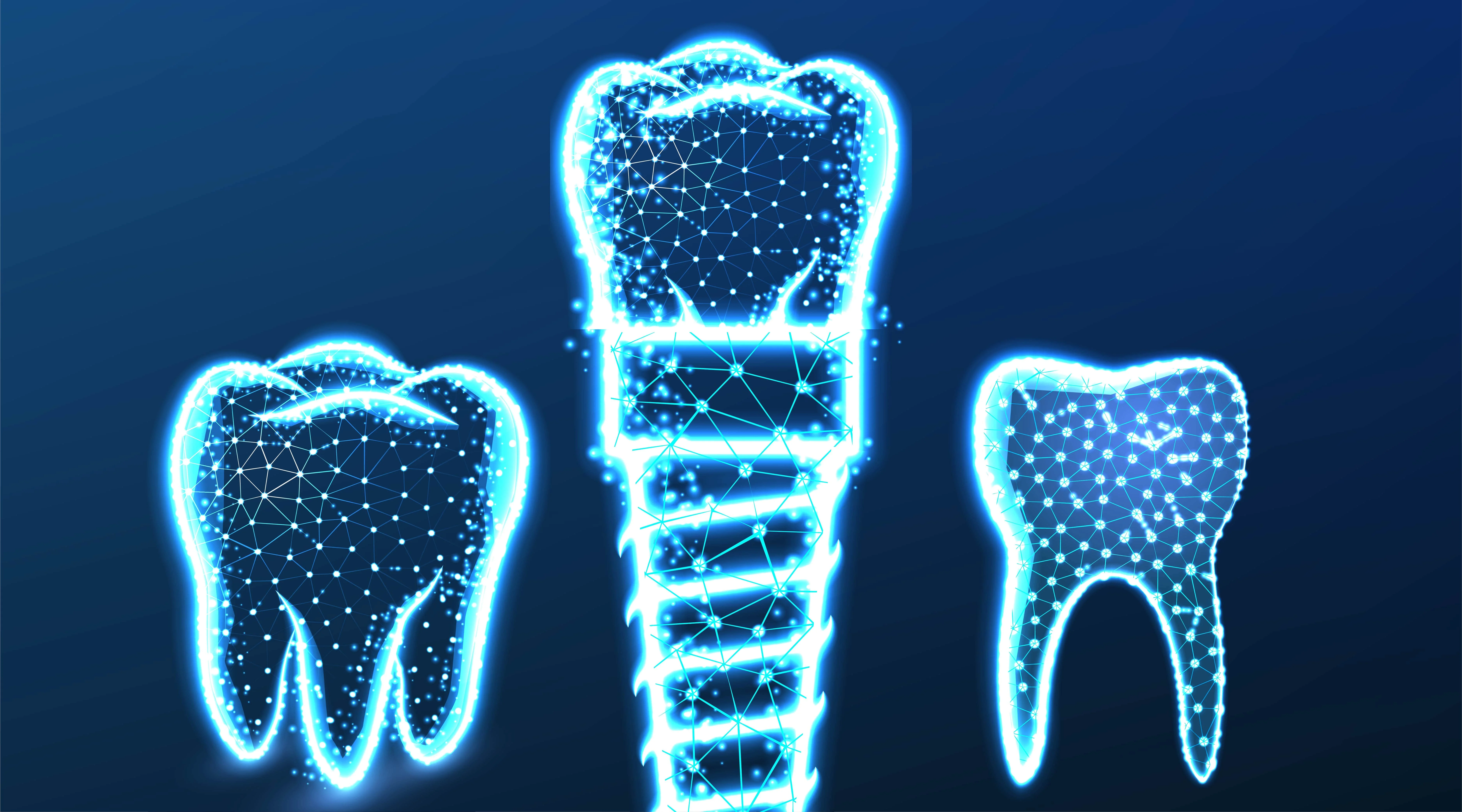In today’s digital world, digitalization in dentistry is increasing. One of the most searched topics by patients on the internet and social media is Digital Dentistry. So, what has digitalization brought to dentistry? What has it gained?
What is Digital Dentistry?
Digital Dentistry refers to performing dental procedures that were traditionally done with conventional methods using intraoral scanners and computer assistance. The main equipment in digital dentistry includes smile design software, intraoral scanners, CAD-CAM devices, and photographs.
One of the most important advantages of digital dentistry is the ability to perform aesthetic smile design. Using intraoral scanners, teeth can be transformed into 3D models, and changes can be made to suit the individual's facial and oral structure. Additionally, it allows for checking contact points between opposing teeth. Virtual enamel removal, addition, contour changes, and the ability to increase or decrease the frequency of contact points between opposing teeth are also possible.
Thanks to digital dentistry, images of the final version of the teeth can be shown and aligned with the individual’s real facial photo. In this way, both the dentist and the individual can view the new restoration before it is finished. This reduces the chance of surprises and therefore costs, and also saves time.
With digital impressions, success rates for patients with a gag reflex have reached their maximum levels.
With digital dentistry, today, even countries can collaborate on dental work.
By storing the records of the individuals treated in a digital environment, dentists can track changes in the oral cavity over time.
What Treatments Are Performed with Digital Dentistry?
- Restoration of severely damaged teeth during root canal treatment
- Replacing previously restored teeth with more aesthetic and compatible restorations
- Inlay-onlay porcelain fillings
- Full porcelain restorations on dental implants
What Are the Advantages of Digital Dentistry?
- Treatment time is minimized. With the computer system, applications can be done in a single session in a clinical environment, and dental treatments can be completed in two hours.
- CAD-CAM has increased the aesthetic and success rates of implant treatments.
- It has increased the use of biologically and aesthetically compatible materials.
- The traditional impression-taking method has been eliminated with CAD-CAM.
- Digital/optical impressions are taken.
- The restoration of the treated tooth can also be completed in the same session. The ability to complete the treatment in a much shorter time, such as a single session, is the biggest advantage for both the patient and the dentist.
- Digital impressions do not trigger the gag reflex, unlike impressions taken with other materials.
- Thanks to CAD-CAM, advancements in digital dentistry have greatly reduced failure rates for both dentists and dental technicians.
How Long Does it Take to Take Impressions and Make the Tooth?
It takes 3-5 minutes to take an impression with an intraoral scanner, and your new tooth is prepared and placed on the same day.
What Materials Are Used in Digital Dentistry?
The choice of material is determined by the dentist. When selecting materials, the area of the tooth being worked on and the intensity of the forces applied are considered. The materials commonly used in digital dentistry are a combination of ZIRCONIUM, EMPRESS COMPOSITE, and COMPOSITE PORCELAIN.
Digital Dentistry and Smile Design
When creating a smile design, the relationship between the teeth, gums, and lips is taken into account. The smile aesthetics resulting from detailed analysis are evaluated, and the Smile Design is completed.
Intraoral images taken with the scanner and profile images of the patients are combined in the computer environment, allowing the patient's images to be transferred into a 3D digital format.
Thanks to the images transferred into the digital environment, the ability to make measurements, designs, and modifications as desired is gained. Changes such as contact points, enamel removal, addition, and contour can be made to the designed teeth, and a possible final version of the teeth is obtained in advance.
If desired, the designed teeth images can be combined with the patient’s profile images, and the patient can see what their smile will look like after the procedure.
Dr. Cem HARBALIOĞLU
Dentist


